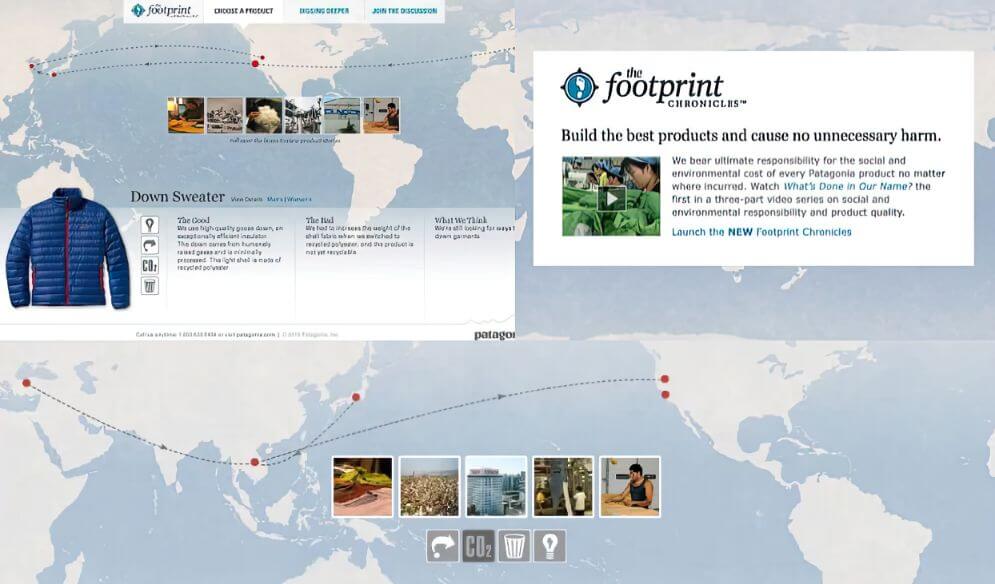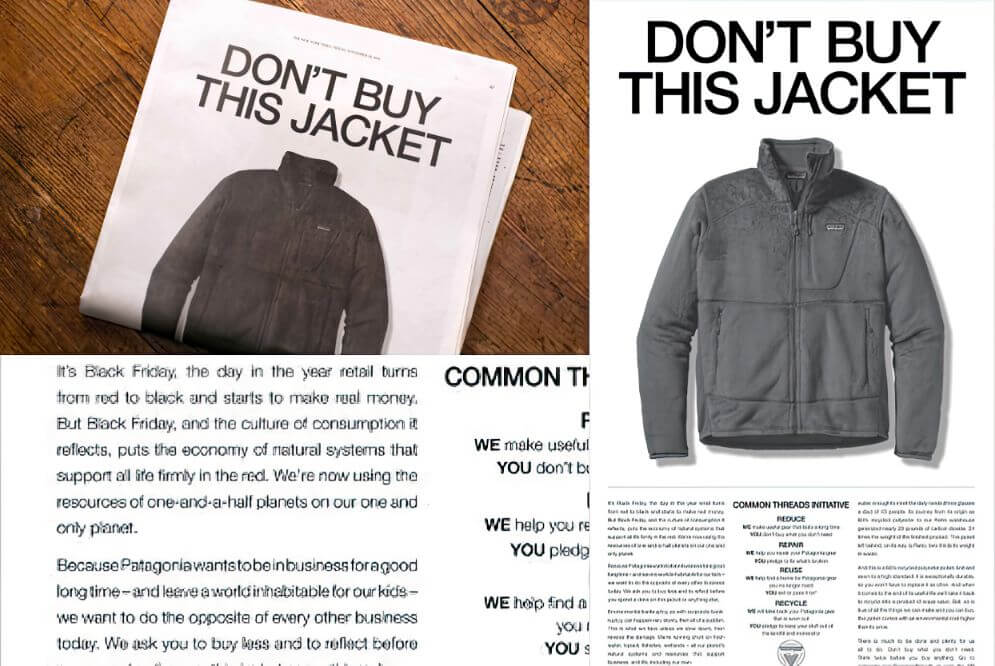Transparency in Product Design
Using Honesty to Create Successful Products

“If you build it, they will come”. But what if I lie about it and they still come?
This might seem a little harsh but unfortunately, overpromising capabilities and including questionable “features” has become a common theme in product design. With every other product claiming to revolutionize our lives, it's easy to become cynical and skeptical about what's really possible.
From the perspective of a company, if it works, there is no incentive to change or do things differently.
But does it really work? What are the long-term implications, and more importantly, what are the alternatives?
in summary
- Honesty is the great product differentiator.
- Companies have been leveraging honesty and transparency in their products successfully for decades.
- Clickbait and other questionable marketing tactics are questionable for a reason and may do more harm than good in the long run.
“Honest marketing? Hah! Good luck with that.”
Traditional product design often relies on marketing tactics that exaggerate the benefits of a product or service, while downplaying its limitations or potential drawbacks. Sure, some products sell themselves but the vast majority need marketing tactics to put them on the map.
Exaggerating features can be effective in the short term, but it often leads to disappointment and dissatisfaction among customers in the long run. In the worst-case scenario, it can even lead to distrust and negative brand reputation.
“Okay, and so how do I go about doing “honest marketing?”
No, marketing remains neutral, it’s our product design that changes. Instead of treating customers as mere sources of income, we treat them as human beings in the same way we treat our colleagues and friends.
“Treating customers as people? That’s radical (chuckles). And where does one begin?”
What even is transparent product design?
Conventional wisdom dictates focusing on features and benefits while downplaying the shortcomings or not even mentioning them. But transparent product design advocates for explaining why something is the way it is – particularly parts of the product that may be perceived as undesirable or as a drawback.
A very common example of adding transparency to product design is the inclusion of “Why am I seeing this ad?” button. When targeted advertising took off, people started wondering if their phones were spying on them for advertisers.
In response to this, many companies involved in targeted advertising started including an info button that explained their advertising algorithms and how it all works. As dubious as it all was, the inclusion of this button was a step in the right direction.
There are countless similar ways companies have tried to use the power of transparency in product design. Here is a brief list of some of our personal favorites:
1. Patagonia's Worn Wear (2019)

Patagonia's Worn Wear program encourages customers to repair and reuse their clothing instead of buying new items.
The company even provides free repair services for their products, encouraging customers to invest in quality items that will last a long time.
2. RXBAR's Ingredient List (2018)

RXBAR, a protein bar company, displays all of its ingredients in large, bold letters on the front of its packaging.
This honesty about its ingredients helps consumers make informed decisions about what they're putting in their bodies. The product design went viral and has played a massive role in the company's success.
3. Patagonia's Footprint Chronicles (2014)

Patagonia makes the second appearance on its list, this time with its Footprint Chronicles campaign. Launched in 2014, the company provided detailed information about the environmental impact of its products as part of an awareness campaign.
This transparency about its sustainability efforts not only resonates with environmentally conscious consumers, but it also helps to hold the company accountable for its actions.
4. REI's #OptOutside (2015)

REI launched a campaign encouraging customers to opt-out of Black Friday and instead spend time outdoors.
The campaign aimed to promote a healthier lifestyle and was in line with the company's values of sustainability and environmental responsibility.
5. Patagonia's Don't Buy This Jacket (2011)

Third time on the list but you’ll be surprised to see just how many times Patagonia has actively campaigned against its own “corporate interests” in the spirit of greater good and social responsibility. This one, however, was slightly more direct, to say the least.
Launched as a Black Friday ad campaign, "Don't Buy This Jacket" aimed to encourage customers to think twice before making a purchase they did not need and once again, highlighted the company's commitment to sustainability and reducing waste.
Addressing clickbait and data collection
The effectiveness of tactics like clickbait has been well-documented but we still think there’s a case to be made for honesty and transparency in product design. The biggest concern in employing tactics like overpromising, clickbait, and lying in other subtle ways is the damage it can do to the audience’s perception of your brand.
A lot of discussions about clickbait mention how effective it is at engaging the audience but fail to mention that these strategies strongly influence the perceived quality of products. In a similar fashion, data collection within digital products has ramped up significantly in the past few years. From shopping apps needing permissions to your contacts to file browsers wanting geo-tracking (location) access – it never ends.
But thanks to growing data literacy, consumers are finding out about this infringement of their digital privacy, questioning the need for such design choices. When this happens, the more egregious the data collection, the more damage it does to the reputation.
And the thing about reputation is that it tends to stick around. So the distaste consumers develop will influence future purchasing decisions, doubting the validity of a company’s claims – even if the questionable strategies are no longer used.
Dealing with dishonest competitors
As a business owner, it might be difficult to choose transparency when your competitors clearly don’t. But this too can be used as a marketing opportunity. Michael Dubin, founder of Dollar Shave Club built a billion dollar company by going against the grain.
The company disrupted the razor industry by offering a subscription service that delivered high-quality razors at an affordable price. But what really set them apart was their advertising campaign, which focused on the company's commitment to transparency and honesty.
The company's founder famously appeared in a video explaining the company's business model and poking fun at the traditional razor industry. The video went viral and helped the company attract millions of customers.
This obviously isn’t an isolated case and competitors poking fun at each other for unethical practices is common. Samsung is one of the biggest companies that employ this strategy often (even if they go and do the same unethical thing later).
We have a responsibility to our customers and to ourselves.
In these discussions, we like to present a balanced view of both sides to better understand the problem. However, for this topic, the counterargument was limited to a brief discussion about clickbait and other dubious practices. That’s because we feel there’s not much value in discussing the profitability of misinformation and trying to justify unethical practices – because at that point, we’ve already lost.
At the end of the day, no amount of transparency is going to make up for bad intentions. If exploiting customers is part of the design, then transparency is simply a hurdle.


